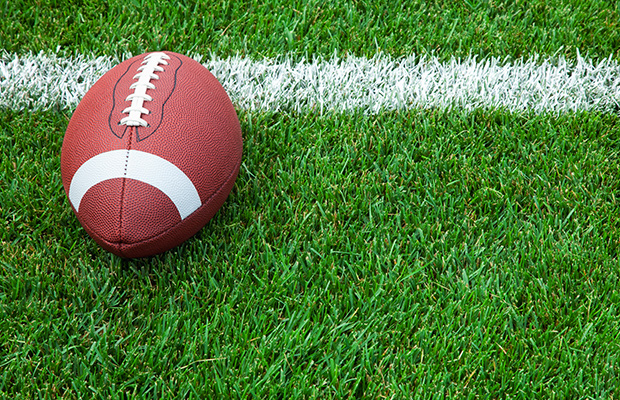Ronald J. Dubois Sr.
May 19, 2008
Edna Besson
May 21, 2008Perhaps more than any other outdoors folk, an angler’s world is ruled by nature’s timing.
Because the fish they seek are cold-blooded creatures with no control over their body temperatures, their life cycles and movements are determined by the environmental conditions nature serves up.
As the seasonal weather patterns change across coastal wetlands, water warms or cools, tides rise and fall, salinity levels peak and drop. Speckled trout respond to these changes – and anglers respond to the specks.
And when the windy, chilly winter finally gives way to the steady, warming conditions of May, certain changes can be counted on.
Specks that had been scattered in various deep-water spots across the growing expanse of Barataria Bay since last fall will begin responding to the warming water temperature, the growing hours of daylight and a slight uptick in salinity by moving toward spots with hard bottoms and strong tidal flows.
According to biologists, specks make this move because the changing conditions also signal to them that spawning season is arriving – and the spots with harder bottoms and stiffer currents are ideal for egg survival.
All of which has made Manilla Village a destination of choice every May for a generation of specks – and anglers.
“It’s got everything trout are looking for this time of year,” Theophile Bourgeois, a Lafitte-based fishing guide, said. “You’ve got a real good current coming from both sides of the (Barataria) Seaway. You’ve got the reefs that attract bait, and that attracts the specks.
“Manilla is one of those spots that you automatically check once spring and summer gets here, because you know if conditions are right, you’ll find trout.
“Of course, like most of the bay, it’s changing pretty fast.”
In fact, the story of what has happened there has become one of the iconic tales of the destruction visited on this coast. In the past century, Manilla Village was a sprawling marsh community of Philippine-American commercial fishermen.
Scores of families lived there year-round, making their living from shrimp drying, as well as trapping and harvesting oysters and crabs. But the arrival of canal dredging for oil, gas and shipping exasperated the marsh loss already under way due to subsidence on the sediment-starved delta.
As the era of affordable, fast boats arrived, the fishermen deserted the marsh for nearby communities. At the same time, the marshes were being consumed by the Gulf of Mexico at rates up to 40 square miles per year.
Today, what was once tight, vibrant marsh is a vast space of open water with a tiny island of green about 50 yards long, and growing smaller by the day.
“Everything that’s eroded is reefs now, and that still attracts the specks,” Bourgeois said. “And when the water finally warms up and things calm down, you know the specks will be here.”
• Getting there: Manilla is about 17 miles south of Lafitte on the Barataria Seaway. Turning east at buoy marker 3132 puts you on the western edge of the Manilla fishing area.
• Gearing Up: Medium-action rods with fast tips for working topwater baits, popping corks and detecting strikes on the bottom. While most of the fish will be under 2 pounds, 4-pound specks and 10-pound reds are not uncommon, and the bottom is filled with oyster reefs and camp debris, so make sure your reel is loaded with some durable line.
Live cockahoes on Carolina rigs will consistently catch bigger trout. But bring plenty of terminal tackle, because you’ll give up a lot of gear to the oysters.
Lures that work include plastic cockahoes (black/chartreuse, tuxedo, glo). Topwater fishing can be excellent, but usually only very early in the morning. Bourgeois said he likes the She Dog in bone of blue back/silver sides.
Make sure to have a trolling motor and a decent anchor.
Bourgeois said the best fishing will be from shortly before dawn to about an hour after sunrise, and on days when the tide range is between six-tenths of a foot to 1.5 feet. A falling tide is best, and wind over 10 mph could create murky conditions.
“If you want big trout, you got to be leaving the dock at safe light,” Bourgeois said. “My experience is, guys who leave the dock at 6:30 and start fishing around 8 will usually be stuck with smaller trout. The big boys are there early, early, early.”






